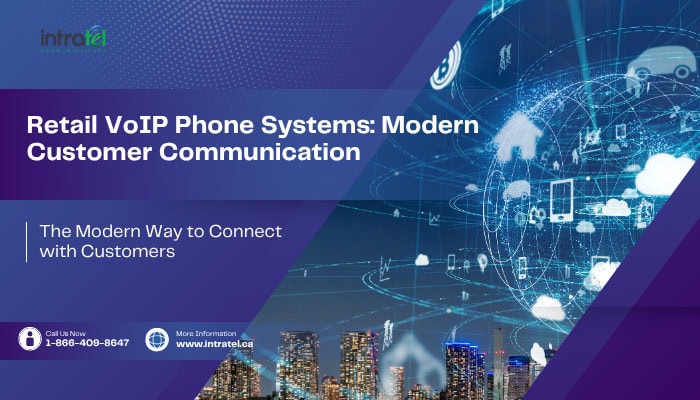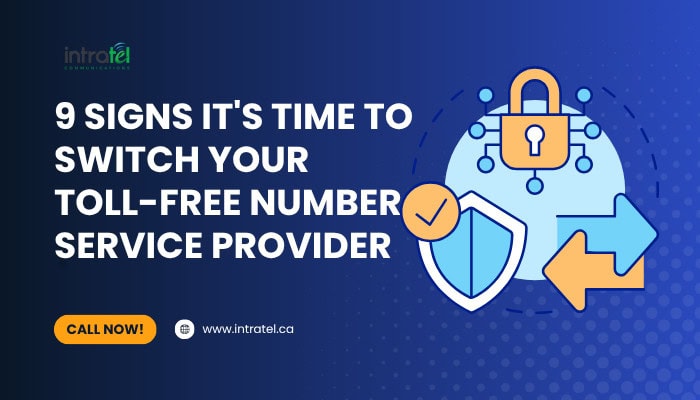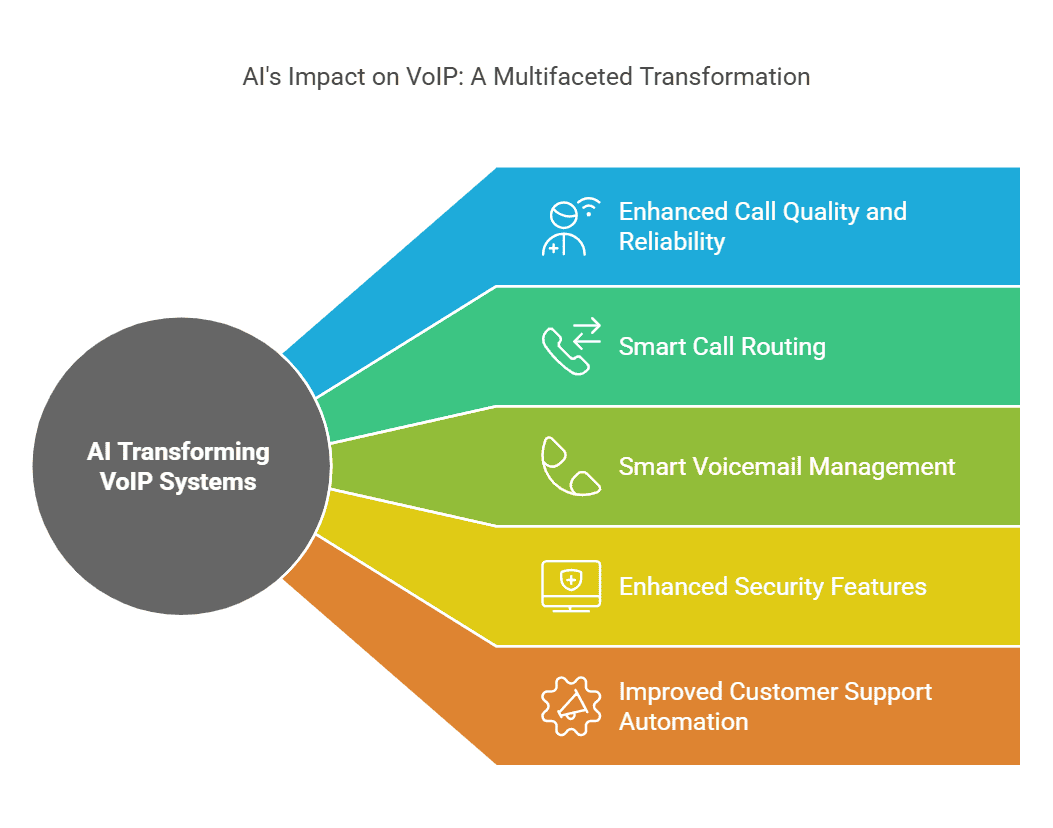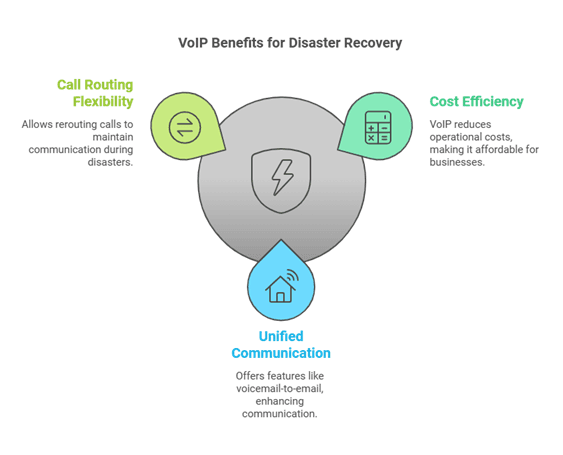In today’s hyper-competitive market, customer experience (CX) is no longer a secondary consideration—it’s a key business differentiator. Customers expect fast, personalized, and consistent communication at every touchpoint. Whether they’re reaching out for support, requesting a quote, or following up on a previous interaction, they want their journey to be smooth, responsive, and informed.
To meet these rising expectations, businesses must streamline their communication channels and intelligently manage customer data. This is where the integration of VoIP (Voice over Internet Protocol) systems and CRM (Customer Relationship Management) platforms becomes a game-changer. When voice communication and customer records are connected, businesses can deliver faster service, provide deeper personalization, and drive better results, turning calls into conversions.
Let us explore how VoIP-CRM integration enhances the customer experience, boosts internal efficiency, and ultimately helps businesses grow. From personalized interactions to smarter lead tracking, let’s explore how this synergy enhances the way businesses connect with their customers.
Understanding VoIP-CRM Integration
Before exploring its impact, let’s define the two technologies at play:
- VoIP allows you to make and receive calls over the internet rather than through traditional phone lines. It’s cost-effective, flexible, and perfect for businesses of all sizes.
- CRM software is used to store and manage customer data, such as contact details, call history, sales activity, and support tickets.
VoIP-CRM integration enables your calling system and CRM platform to work seamlessly together in real time. This integration enables automatic updating and access to information, including call logs, recordings, contact notes, and customer profiles, across both platforms.
No more switching between tabs, no more lost call details, and no more missed follow-ups. Just one unified platform that keeps your team aligned and your customers happy.
Personalized Interactions
Personalization is at the heart of a great customer experience. Customers feel valued when businesses remember their names, understand their past experiences, and anticipate their future needs.
With VoIP-CRM integration, you have real-time access to:
- The customer’s profile and previous interactions
- Notes from past calls or tickets
- Purchase history and current sales status
Your team can personalize interactions instantly, whether they’re answering an inbound support call or reaching out to a warm lead.
Increased Efficiency for Sales and Support Teams
One of the most immediate benefits of VoIP-CRM integration is the boost in workflow efficiency. Without integration, teams waste valuable time switching between tools, manually entering call logs, or searching for customer details before a call.
Integrated systems offer features such as:
- Click-to-call functionality directly from CRM records
- Automatic call logging with timestamps and call outcomes
- Call notes that sync across platforms instantly
- The screen pops with caller details when the phone rings
These features help teams work faster and smarter. Sales reps spend more time selling instead of typing, and support agents can resolve issues more quickly without having to juggle tabs or dig for data.
Faster Response Times and Improved First-Call Resolution
Customers don’t like waiting. They expect quick answers—and preferably, answers on the first call. VoIP-CRM integration helps businesses deliver on that expectation.
Here’s how:
- Smart call routing based on CRM data ensures customers are connected to the right agent the first time.
- You can view the customer’s history immediately to understand the context of the call.
- Common issues or follow-ups are resolved faster because you don’t need to ask the same questions twice.
This seamless access to information leads to faster resolution times, better first-call outcomes, and improved satisfaction scores.
Better Data, Smarter Decisions
Data is a powerful driver of business strategy. When your VoIP and CRM systems are integrated, you get access to unified communication analytics, which allow you to:
- Monitor call volume and average handling times
- Analyze conversion rates tied to specific reps or campaigns
- Identify gaps or delays in the customer journey
- Forecast customer needs and optimize staffing
For example, if you notice that customers tend to call more often after an email campaign, you can prepare your support team in advance. Or, if a particular sales rep consistently closes more deals after follow-up calls, you can use that insight to train others.
With precise, centralized data, your business decisions become more strategic, more timely, and more impactful.
Future-Proofing Your Team with Flexible Communication
Today’s business environment demands agility. Whether your team is remote, hybrid, or distributed across time zones, VoIP-CRM integration ensures everyone stays connected and productive.
Here’s how it supports modern teams:
- Cloud-based access gives employees secure entry to customer data and call tools from anywhere
- Real-time syncing ensures that updates made by one team member are instantly visible to all
- Scalable solutions allow you to easily add new users, features, or locations without disrupting operations
By integrating your communication and customer management systems, you’re not only improving performance today—you’re also setting your business up to adapt and grow with confidence in the future.
Conclusion
In a world where customer experience determines loyalty and lifetime value, having the right tools in place is non-negotiable. VoIP-CRM integration is more than just a tech upgrade—it’s a strategic move that empowers your team, delights your customers, and drives conversions.
By combining voice communication with centralized customer data, your business can:
- Personalize every interaction
- Respond faster and more accurately
- Streamline workflows and reduce manual errors
- Make smarter decisions using real-time insights
- Improve lead tracking and boost conversion rates
- Support scalable, flexible operations across any team size
From calls to conversions, this integration helps you turn every customer interaction into a meaningful business outcome. If you haven’t already integrated your VoIP and CRM systems, now is the time to take action and start delivering the kind of customer experience that sets you apart from the competition.
At Intratel, we provide VoIP CRM Integration services at affordable prices. Call us now! – 1-866-409-8647











